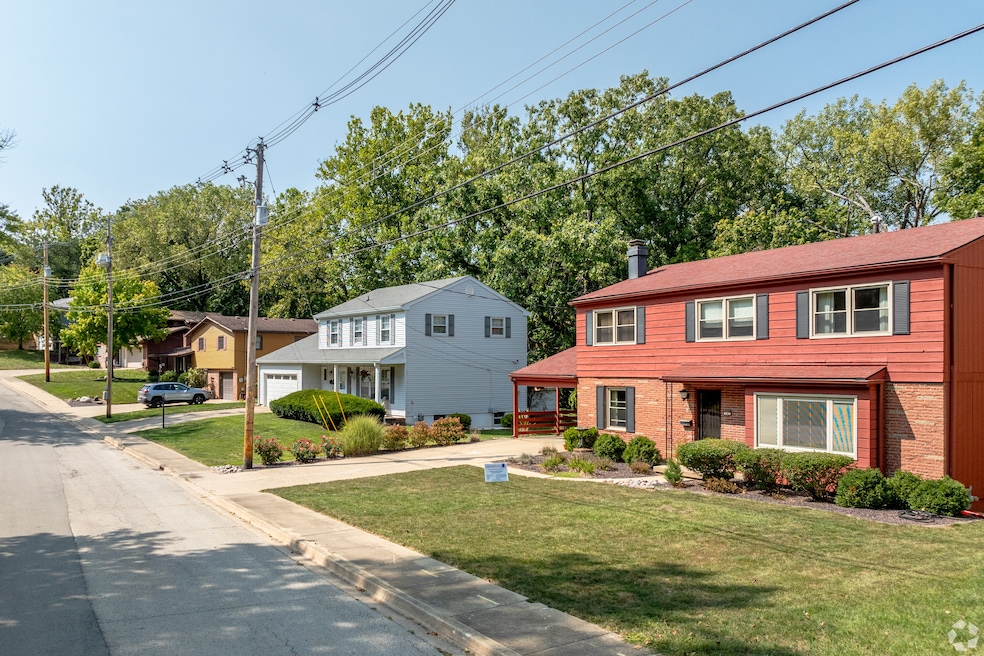Housing affordability for American families is improving with the help of declining home costs and rising incomes.
The overall market is still challenged, however, as the average family remains cost-burdened in about half the country, whether purchasing a new or existing home, according to an analysis published Thursday.
Median earner families spend 36% of their income on monthly payments for a new home and 35% of their income on an existing home, according to the most recent National Association of Home Builders/Wells Fargo Cost of Housing Index. The Department of Housing and Urban Development defines an affordable home as one where payments account for 30% or less of a family’s income.
It's a quarter-over-quarter improvement of 2% for both types of homes.
Last quarter, families spent 38% of their income on a new home and 37% on an existing home. The change is due to a modest 1% decline in new home prices and a 2% drop in existing home prices, plus a 6.5% increase in median family income that occurred in the first quarter of 2025, the NAHB said.
The NAHB used the median price of a new home as $416,900, down $2,300 from last quarter, and $402,300 for an existing home, down $7,800. HUD’s latest estimates put the median family income at $104,200, up from $97,800.
“The latest CHI data illustrate that far too many households remain cost-burdened and highlight the need for policymakers to remove regulatory roadblocks, address economic uncertainty, and provide a better business climate that will help builders to construct more attainable, affordable housing,” said NAHB Chief Economist Robert Dietz in a statement.
Most unaffordable and affordable markets
Across 175 major metropolitan areas, the split in affordability was cut nearly in half, according to the NAHB’s study. Median-earning families can afford to live in 91 markets, whereas 84 markets remain unaffordable, with monthly payments exceeding 30%.
A handful of these markets require families to pay more than half of their income on housing. The NAHB found the most cost-burdened markets to be Honolulu; San Diego-Chula Vista-Carlsbad, California; Naples-Marco Island, Florida; and San Francisco-Oakland-Fremont, California.
The most affordable markets called for monthly payments between 16% and 17% of income, and were primarily in Illinois: Decatur; Peoria; Springfield; and the Davenport-Moline-Rock Island market that stretches into Iowa.
The NAHB has long said high home prices result from costs associated with regulations, but new challenges have emerged with on-again, off-again tariffs threatening the cost of imported building products.
Homebuilders across the country report seeing little impact so far from tariffs and predict rising prices to come in the last quarter of the year. Pulte Homes, the country’s second-largest builder, announced its plan to increase prices by $5,000 late last month. Much of the uncertainty about how tariffs will impact the economy has also kept homebuyers on the sidelines.
Some of this pullback has builders dropping prices on new homes in markets with high inventory. May Homes.com data found single-family home prices declined in 10 of the country’s top metros while they grew double digits in three markets.
Data also revealed some markets have seen double-digit increases in for-sale inventory, turning the market in favor of buyers and increasing the frequency of price reductions. The National Association of Realtors reported an overall 20% increase nationally in active listings. Denver’s inventory in April was 66% higher than one year ago, and Houston’s inventory was 36% higher, according to data from local Realtor associations.
“You saw this big run-up and big peak [for home prices], and for anyone who purchased in 2022 and 2023, when you need to exit, it is a challenge to walk away with a gain,” agent Mckinze Casey of LIV Sotheby’s International Realty in Denver told Homes.com.

